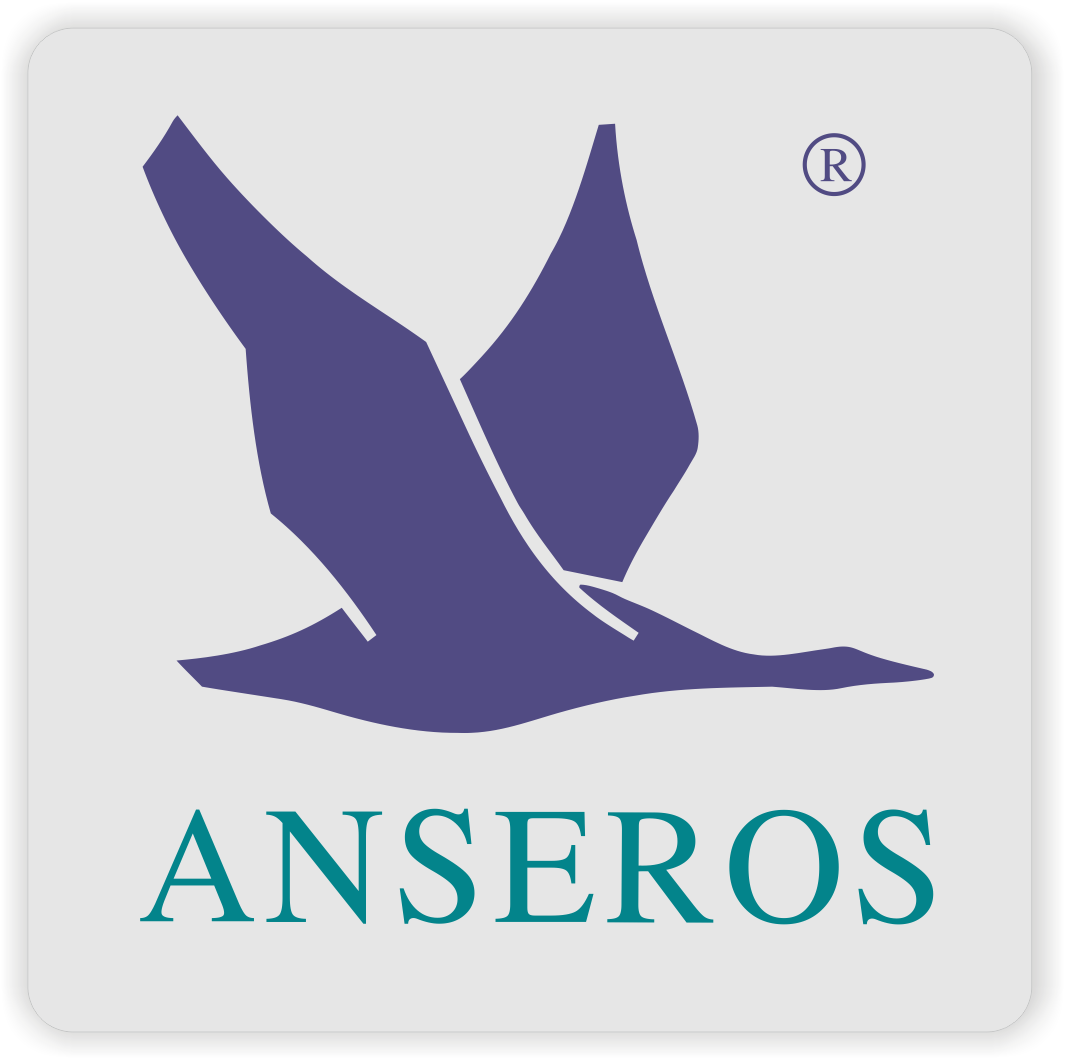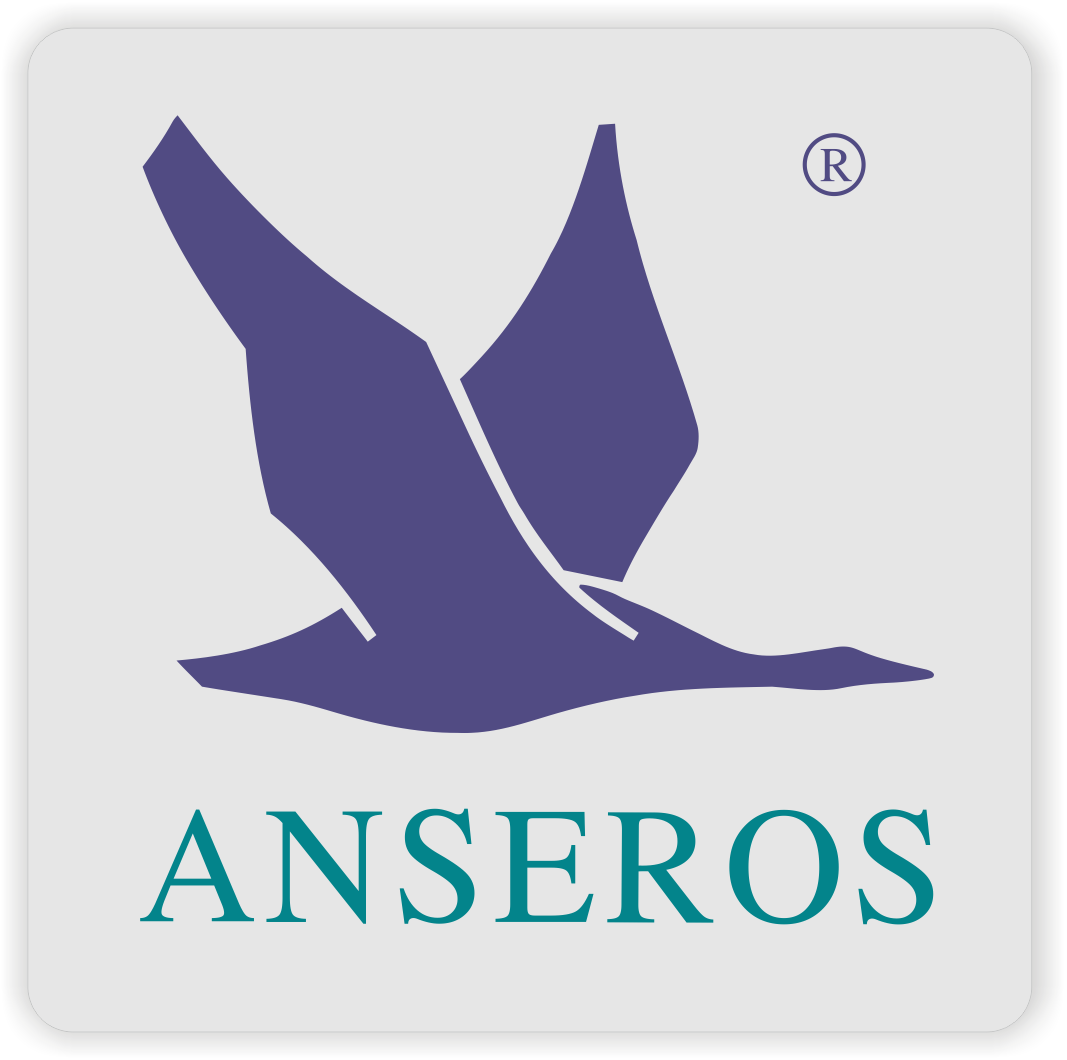
Ozone in the Semiconductor Industry: Applications, Benefits, and Technology
Ozone is increasingly used in the semiconductor industry for a wide range of applications, including wafer cleaning, SiO₂ formation, rinsing water disinfection, and reduction of total organic carbon (TOC). Its powerful sterilisation ability—long known from drinking water treatment—stems from its strong oxidising power and capacity to disrupt bacterial membranes.
Key Applications of Ozone in Semiconductor Manufacturing
- Process Water Disinfection
Ozone prevents contaminant build-up in tubes and disinfects rinsing water, helping avoid wafer defects. - Reduction of Organic Contaminants
Organic residues in rinsing water can cause haze formation on wafers. Using ozone, particularly in Advanced Oxidation Processes (AOP) combining ozone with UV light, produces hydroxyl radicals with even higher oxidation potential. - Wet Cleaning with Ozone
The main industrial use is wet cleaning with diluted hydrofluoric acid (DHF). Compared to traditional RCA cleaning, ozone cleaning reduces hazardous chemical use and saves deionised (DI) water due to shorter rinsing times.
Ozone-Based Wafer Cleaning Techniques
- IMEC Clean, Diluted Dynamic Clean (DDC), and Ultra Clean Technology (UCT)
First step: DI water with ozone (DI03) removes organic contamination and noble metals.- IMEC clean uses DI water with hydrofluoric and hydrochloric acids, creating a hydrophobic, H-stabilised surface.
- To create a hydrophilic surface, DI03 with HCl regrows a thin oxide layer.
- Single-Wafer Spin Cleaning (SCROD)
DHF and DI03 are alternately sprayed onto a rotating wafer, preventing cross-contamination between wafers. - Photoresist Removal
High-pressure DI03 oxidises photoresist into CO₂ and water, with ozone vapour injection improving oxidation rates.
High-Purity Ozone Generation for Semiconductor Applications
Ozone quality is critical. Traditional high-voltage volume discharge generators risk metal particle contamination. To prevent this:
- Surface discharge generators with tungsten electrodes are more resistant but require particle filters.
- Quartz-based ozone generators (e.g., from ANSEROS) eliminate metal contact, ensuring constant ozone capacity and contamination-free processing.
Market and Environmental Impact
The global ozone generator market for semiconductors includes approx. 500 units sold annually in the US, 100 in Europe, and 200 in Asia. Ozone processing reduces water, chemical, and energy consumption—supporting a more sustainable, eco-friendly semiconductor manufacturing process.
Learn more about our advanced ozone solutions for the semiconductor industry — [Click here for product information].
Suggested Target Keywords:
Sustainable semiconductor manufacturing
Ozone in semiconductor industry
Ozone wafer cleaning technology
Semiconductor ozone generator
DI03 wafer cleaning
Advanced oxidation process semiconductor

